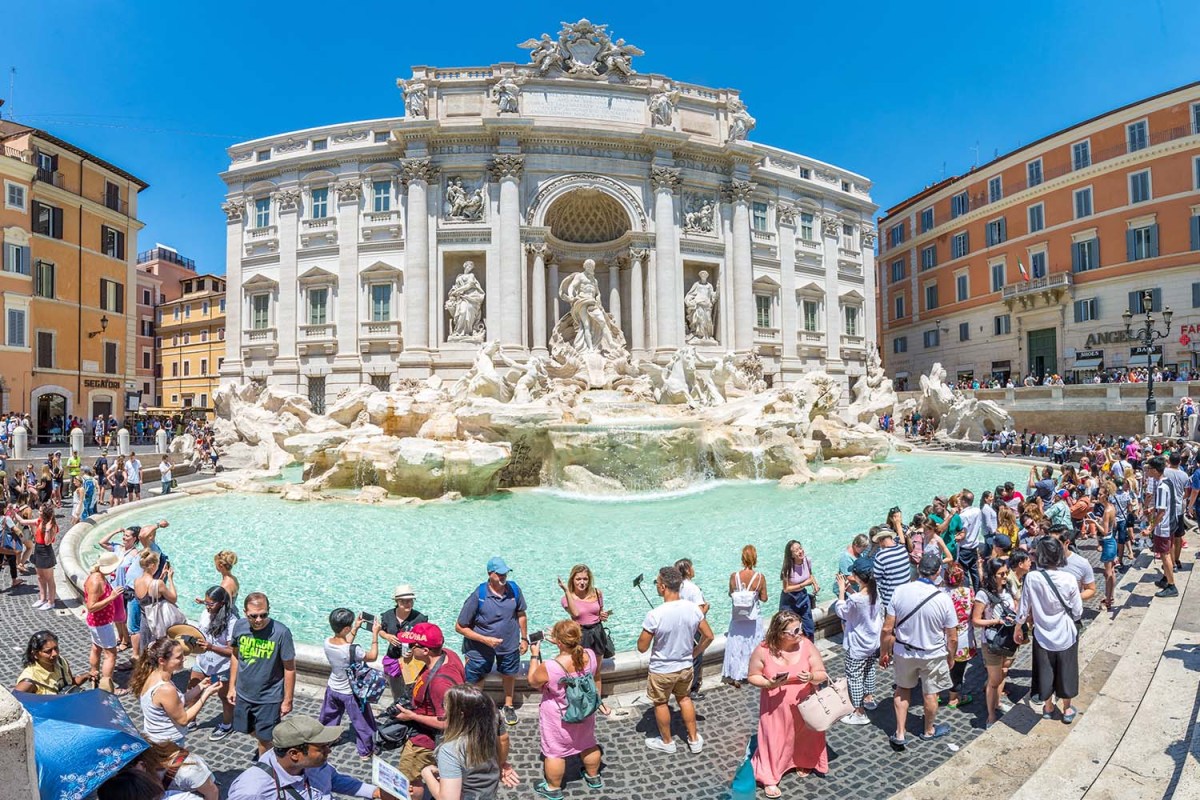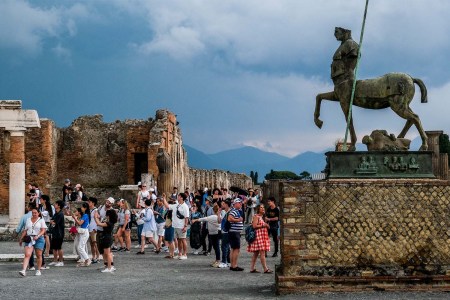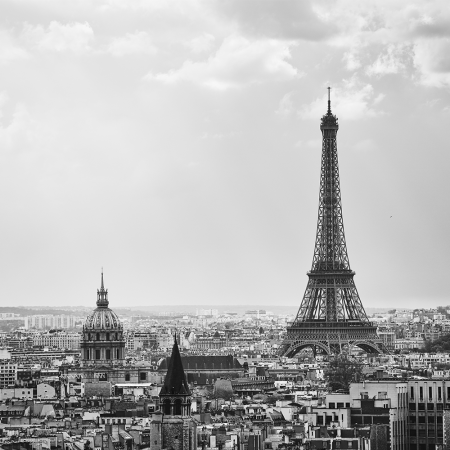I have strong feelings about dress codes. In places like airplane passenger quarters, they’re pretty ridiculous and, at best, classist. But I acknowledge there are other settings that call for more elevated apparel. Like when visiting the Vatican, for example, or really any place that millions of people hold sacred. That’s the premise for Italy’s dress codes — some of which are new, others of which have been around but are about to get stricter.
Per a new report from Forbes, many of Italy’s most famous attractions — the Pantheon, St Peter’s Basilica and Florence’s Duomo chief among them — have long enforced dress codes for religious purposes, thus most tourists are already aware of their existence. Generally they’re not all that serious and involve not dressing too scantily, covering your shoulders and knees, etc., but they are taken seriously. Just earlier this month, an Australian tourist took to TikTok to describe being barred entry from the Vatican, the Pantheon and the Museum of the Dead for wearing “too short and too low cut” dress. (Because who doesn’t want to be tits out for the dead?)
“If anyone’s planning to wear cute shit like this in Europe, listen up because it looks fucking great in photos but on this day in Rome I couldn’t get into the Pantheon, I couldn’t get into the Vatican and I couldn’t get into [the Capuchin Crypt],” the TikToker griped in the viral clip, adding, “You can’t have your shoulders out, you can’t have your boobs out, you definitely can’t have cutouts, and the dress was backless.”
Duh.
Maybe Consider Not Traveling to Europe This Summer
Instead, go literally anywhere elseThat said, now entire destinations within Italy are taking notice, implementing dress codes of their own. The coastal town of Sorrento, Forbes notes, banned swimwear from the center last year and anyone found in violation can be fined up to €500 ($546). Similarly, Lipari and Venice have both prohibited “swimming costumes or flip-flops” as well as bare chests in places where swimming costumes and bare chests are not the norm, the fine for which is also €500. For safety purposes, flip-flips are also banned in Cinque Terre.
These are hardly Draconian measures as dress codes go. In most places, save for locales like Cancún, bathing suits are not considered appropriate attire for, say, sightseeing or dining out. And while dress codes are becoming increasingly pertinent in Italy, they’ve always been so in places like Southeast Asia where there are both an abundance of tourists and religious complexes.
All of this to say, the next time you’re traveling internationally, it would behoove you to read up on what is customary beforehand. I’m very much of the belief that no “fucking great” photo of myself in a white dress is worth having to forgo a visit to Italy’s most historically important landmarks.
Thanks for reading InsideHook. Sign up for our daily newsletter and be in the know.



















